Growing Tibetan lofant
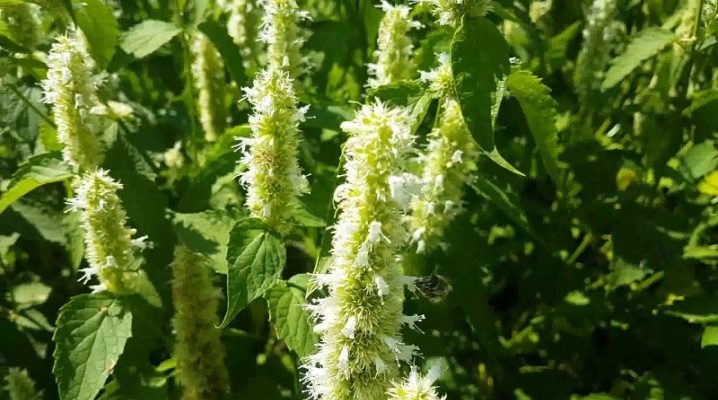
Lofant Tibetan has long been known to experts in traditional medicine. This plant is very often compared to ginseng, although in its healing characteristics it is much superior to it. Initially, the plant appeared in Tibet, and from there it spread throughout the world.
Gardeners today are paying close attention to planting this crop, which is also known as Korean mint. Decoctions and infusions based on it were used in ancient times to strengthen the immune system.
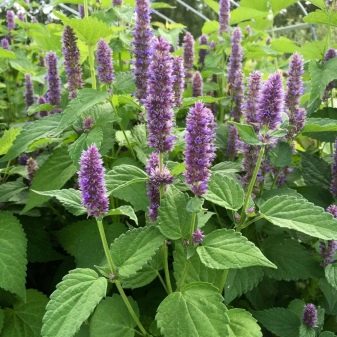
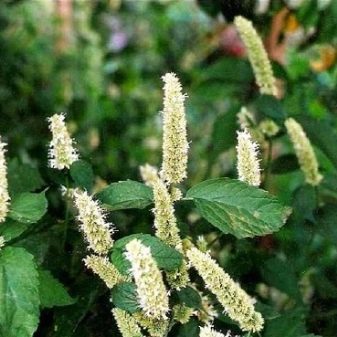
Peculiarities
Lofant Tibetan belongs to the family of multi-grates. Very often in the description, the phrase "wrinkled multi-grate" is used. In nature, this medicinal plant is found quite often, especially in regions with a difficult climate. That is why the culture is so easily grown at home. A distinctive feature of the plant is its resistance to low temperatures. The culture can boast not only of its unique appearance, but also of its healing properties. It is characterized by bright green leaves that look great against the background of white inflorescences.
In addition, there are hybrid varieties that differ in flowers of various shades. The Tibetan lofant is a perennial plant, the height of which can be up to 1 m. The culture is distinguished by large leaves, the length of which can reach 9 cm, and the width - 6 cm. It is noteworthy that the top of the leaves is usually dark, but the lower part is light. The Tibetan lofanta flower is an ear, the length of which can be about 10 cm.
Despite the fact that this inflorescence is capable of self-pollination, the culture is an excellent honey plant.
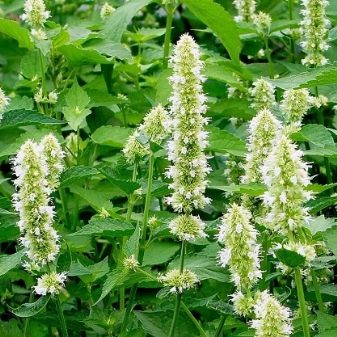
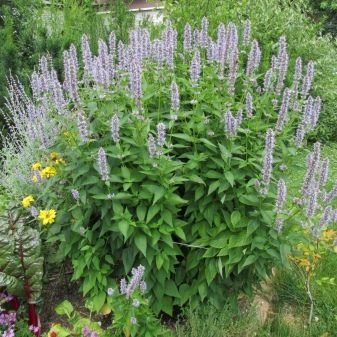
Planting and leaving
Given the fact that the Tibetan lofant is able to cope with difficult climatic conditions, it can be grown without problems in domestic latitudes and even at home. Before sowing seeds, it will be necessary to disinfect them. To do this, put the seeds in a napkin and moisten them with a solution of potassium permanganate, which is considered an excellent disinfectant. After that, the seeds are sent to the refrigerator for a day in order to dry faster and grab. Finished seeds are planted in boxes with a substrate or peat tablets.
One of the most popular methods is to plant in a box of soil. At the end of autumn, it will be necessary to fill containers with light soil and pour hot water over it, which is an excellent disinfectant. After that, small grooves are created, the depth of which is about 5 mm. It is in them that seeds are poured and gently watered from a watering can for indoor plants. A small amount of dry soil must be poured onto the seeds. The layer should not be too thick, as this will negatively affect the ability of the seeds to hatch.
Summer residents also often carry out sowing in peat tablets. In mid-March, all the grains are sent to peat tablets. About 4 seeds can be placed on one tablet and covered with polyethylene. The box should be in a bright place, and after the emergence of shoots, it will be necessary to get rid of the film.
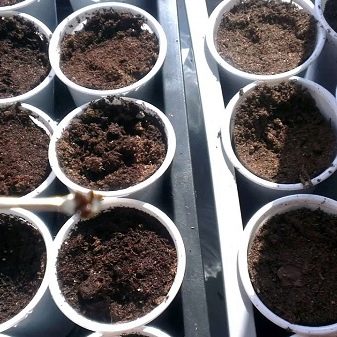
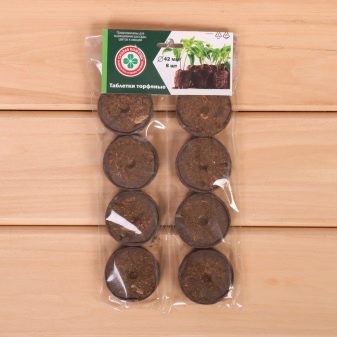
During the planting process, the care of seedlings is important, which should be fed with a solution or complex fertilizers. The main problem is that peat contains a minimum amount of nutrients, so it is worth making sure that they are supplied from the outside.At the same time, peat can guarantee the sterility of the growth zones, which is also extremely important for the Tibetan lofant.
Despite the fact that the Tibetan lofant is famous for its unpretentiousness, it is necessary to adhere to certain growing conditions. The selected area must necessarily receive the optimal amount of sunlight, so that the plant can reach the proper height and bloom well. Do not plant a crop in an area with acid or sandy soil, as this will lead to stagnation of moisture. Every 6 years, the plant must be transplanted to a new place, otherwise it will simply stop blooming.
Seedlings should be planted at the end of May, and the depth of the groove cannot exceed 8 cm. Row spacing should be at least 5 cm, which is sufficient to provide space for normal growth and flowering. Plantings must be watered with copious amounts of water, as the plant loves moisture.

The main advantage of the Tibetan lofant is that it is extremely easy to care for it. Watering is necessary only when the soil is already dry. With proper watering, it will be possible to get lush bushes that can please the owner with an attractive look. You should also weed and loosen the soil in time, so that it is much easier to saturate the seedlings with complex fertilizers.
At the end of summer, it is worth cutting off the main part of the plant so that the next year it turns out to be more beautiful and blooming. Despite the fact that the lofant is resistant to frost, it is better to cover it with dry leaves or insulation for the winter.
In the first year of life, it is allowed to collect the lofant only once, and the bush must remain 35 or more centimeters long. The first pruning usually occurs in mid-summer. But in the second year, you can cut it twice, in the middle of summer and in autumn, when the seeds are fully ripe. It is best to harvest the herb in hot weather when it contains the maximum amount of oils.
It is necessary to dry the plants in a well-ventilated area, and it is best to store it in a glass container with a lid so that the essential oils do not evaporate.

Reproduction
Tibetan lofant reproduces by dividing roots and seeds. The second method is considered to be more efficient and easy to use. Given the fact that this culture has small fruits, they cannot be buried in the ground. First, you will need to sow the seeds, which is usually done in the second half of spring or early summer. In two weeks, the first shoots can already be seen. Before sowing, it will be necessary to qualitatively prepare the soil, then loosen it and add seeds. For the first two weeks, they cannot be watered from a watering can, but it is only necessary to spray water in order to provide the earth with the necessary moisture level.
Another cultivation method is to use seedlings. You can plant at the beginning of spring, and several seeds can be added to one container. Seedlings are grown according to the same principle as any other. After a few weeks, when the first shoots appear on the seeds, you can strengthen the root system and plant seedlings in open ground. The distance between the plants should be at least 25 cm so that each gets the necessary nutrients from the soil. Reproduction by roots involves digging out seedlings in the fall or spring, as well as transplanting them to a new place. In this case, the distance between plants should be at least 30 cm.
Thus, the Tibetan lofant, due to its unique properties and undemanding care, is one of the most popular plants among gardeners. The culture is famous for its resistance to frost and useful properties, thanks to which it is actively used in medicine.

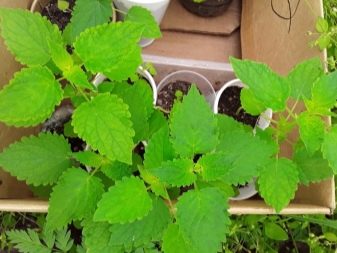













The comment was sent successfully.